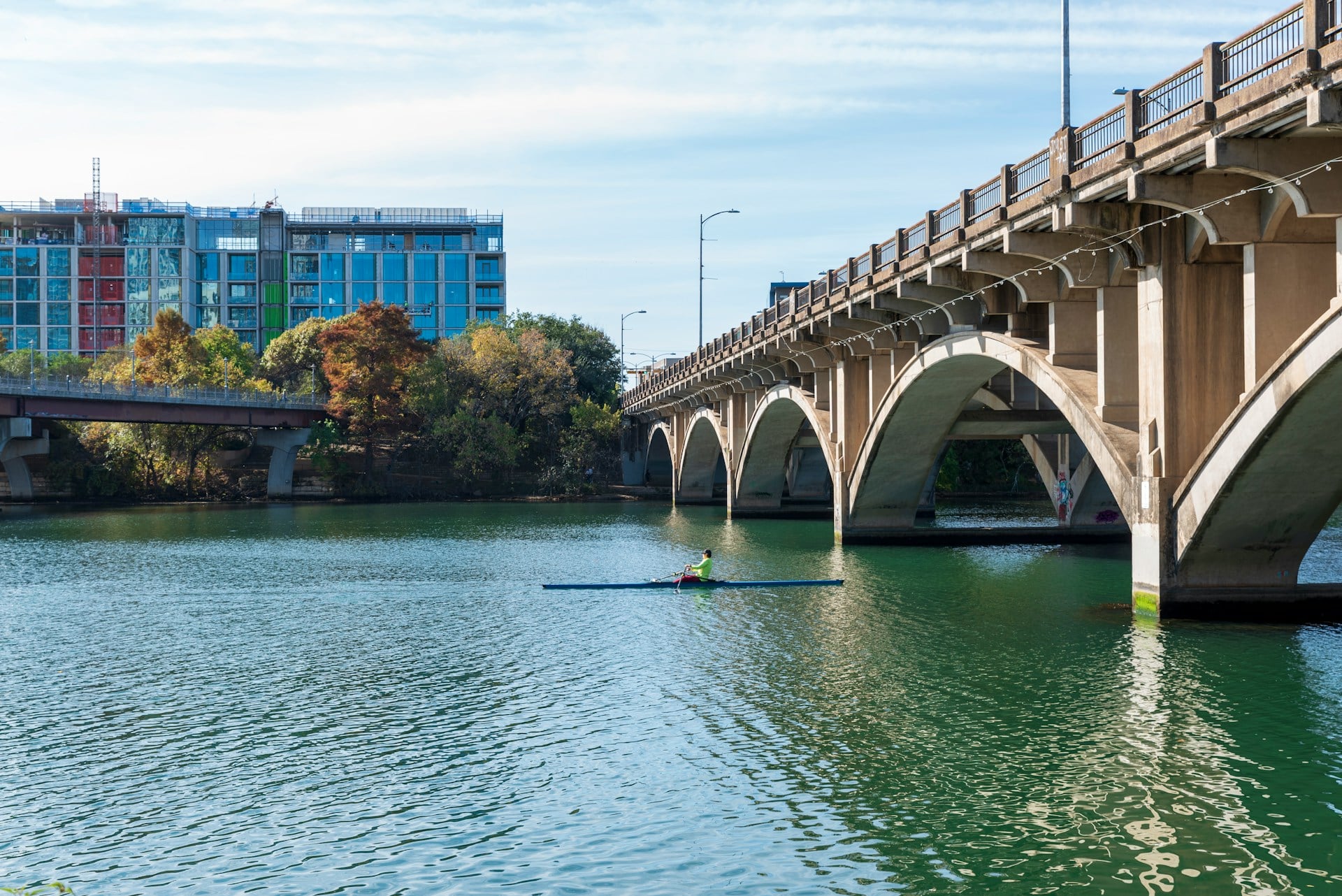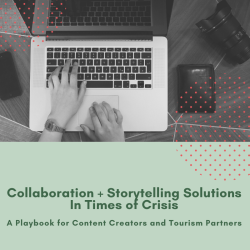At their most basic level, destination marketing organizations (DMOs) are tasked with promoting destinations as attractive places for leisure travel. Viewed through this lens, destinations are shrunk to their most attractive features and sound bytes. With that narrow perspective, it’s also been common for destinations to pit themselves against each other in a bid to attract visitors who might consider traveling elsewhere.
But the reality is that, from a tourism perspective, destinations the world over are faced with several common challenges, including the effects of the climate crisis, biodiversity loss, overtourism, and gentrification as a result of companies like Airbnb. These challenges are set against the backdrop of other struggles local residents face, like inflation, rising income prices, increased migration flows, and political strife.
A DMO’s promotional area might have boundaries based on lines drawn on a map, municipal funding, or alignment with other business or government sectors. Nonetheless, we’re increasingly recognizing the deeply interconnected nature of places, the people who move through them, and the functions, facilities, challenges, and opportunities that arise within them.
By definition, DMOs might be in charge of working with businesses and promoting attractions on one street but not the next block over. Yet, the fluid motion of people, the unpredictable impacts of extreme weather and climate change, and the shared characteristics between geographic neighbors provide a compelling reason for destinations to lean more heavily into collaborating rather than competing with each other.
That’s to say nothing of the business-related and future-proofing benefits:
- Responding to “slow travel” trends appeals to diverse travelers. Slow travel trends indicate travelers may be interested in spending more time in one area. This means they’re looking for more experiences to have, places to eat, and businesses to support. A wider geographical area of interest also opens up more ways to appeal to travelers with differing interests.
- Pooling resources can result in bigger budgets and smarter spending. Two budgets can be better than one, especially when both partners are aligned in where they want to be and what they want to say. Why rent two booths at a trade fair or double the advertising when you can share?
Not only does this make good financial sense, but it’s also aligned with carbon reduction when you can cut down on purchasing physical products and digital space. - More perspectives leads to more (and more diverse) ideas. It is possible to get too many cooks in the kitchen, as the saying goes. However, when people from different backgrounds and with different lived experiences come together in a safe space to ideate and create, you can expect a wider range of perspectives and ideas. Don’t be afraid to find new ways to tell the stories about a place.
- Acknowledging the reality of interconnection reinforces resilience. We are already feeling the heat (literally) of the deeply global problems humanity faces. Tourism does not exist in a silo, and understanding if and how it can best serve communities is the only way for it to have a positive impact.
Cross-destination and -sector collaboration will be essential for tourism in general and within place-based contexts to remain resilient – and to support the resiliency of the communities it serves. - Alignment of sustainability belief systems and working together on commitments moves the needle faster. There are DMOs and travel companies that are challenging the status quo, investing in experiments, creating blueprints, and serving as examples when it comes to pushing climate-related initiatives and regenerative practices. These are the practices that will help build a sustainable tourism model. Working together, the entire tourism industry moves more efficiently in a better direction.
It’s time to set the competitive mindset aside. Look beyond those heads in beds and find responsible, quality-driven ways to work together and support each other across destinations.
Here are some ideas on how to do this:
- Build a cohesive story around a theme or related experiences. Regional DMOs are increasingly sharing travel inspiration based on themes, which is far more interesting and helpful than lists of top attractions that don’t need additional promotion.
The Kentucky Bourbon Trail, New York State’s Wine Water & Wonders attractions, and Central Coast’s Art Trail all highlight a range of experiences and small businesses that allow travelers to dive deep into a topic of interest across a variety of destinations. - Disperse travelers during events. Events can be highly profitable for destinations, but they can also be a logistical nightmare for local residents. Share the wealth – and the challenges – with neighboring communities by encouraging travelers to move beyond the area surrounding the event.
This is a great opportunity to share what abounds in the region while dispersing people to a wider array of local accommodations and eating establishments. It might also be a compelling reason for people to extend their stay a few days beyond the event. - Share the load of hosting content creators. Hosting travel journalists and influencers tends to be a pricey fly-in/fly-out affair. Work with neighboring destinations to showcase a wider region across more days and also increase the likelihood of more stories coming out of content creators’ visits.
If possible, work with a transportation partner such as a rail company or rental car agency to make movement across a region seamless as well.
- Celebrate the friendly shoutout. You don’t have to have a reason to give your neighbors a shoutout. Normalize supporting those you’d generally consider your competition by giving kudos and offering recommendations that extend beyond your destination’s borders.
Did a neighboring ski area just get the perfect powder snowfall? Is there a new experience or business somewhere else that travelers to your destination might enjoy? Could your competition use some extra support after a natural disaster? Don’t hold back – let your followers know!
It might not feel “on brand” to promote another destination. However, it should be on brand to be a good neighbor, provide solid suggestions so travelers can make good choices, and support a tourism ecosystem where everyone – residents, travelers, local businesses, and the industry as a whole – wins.




